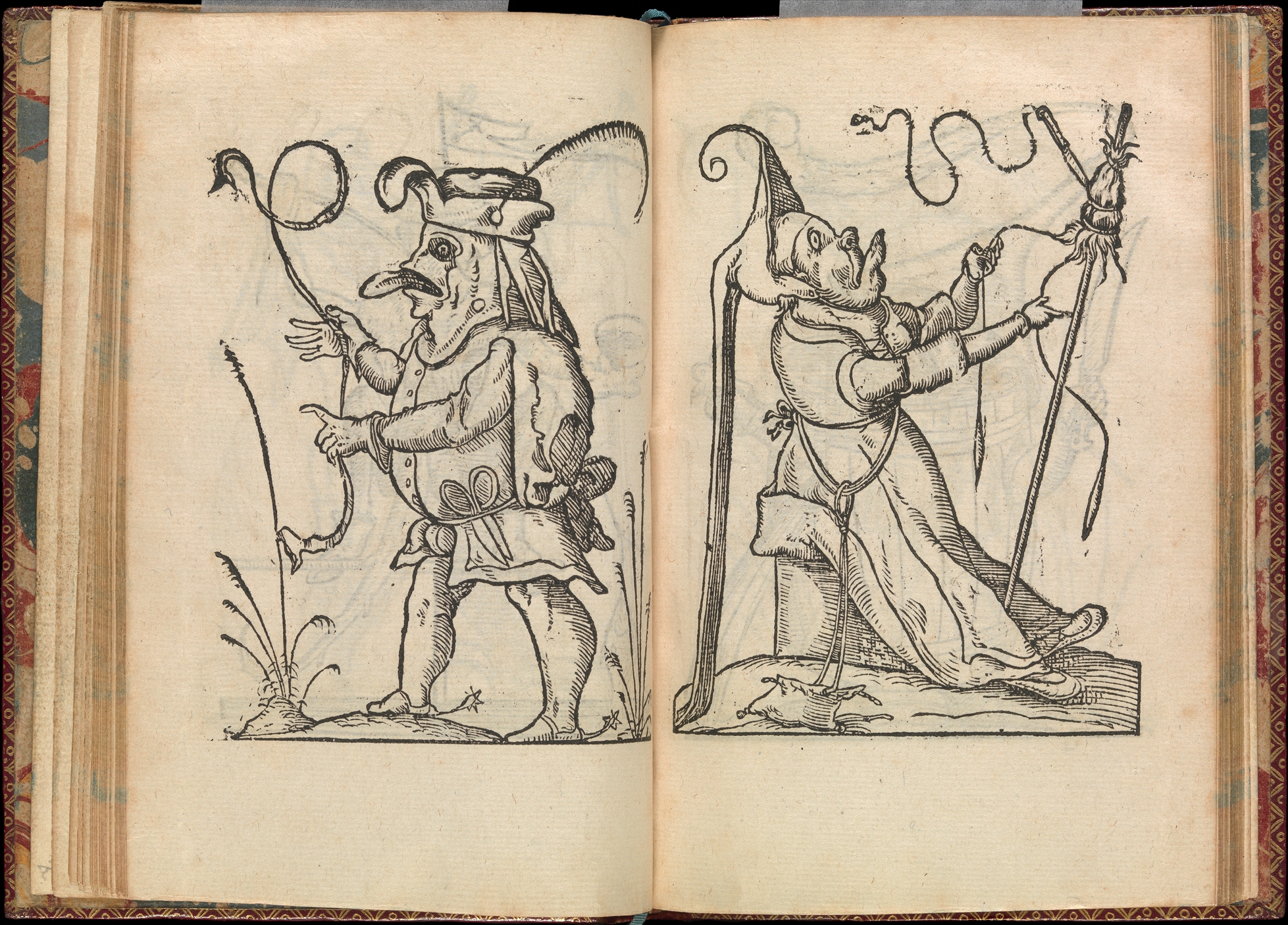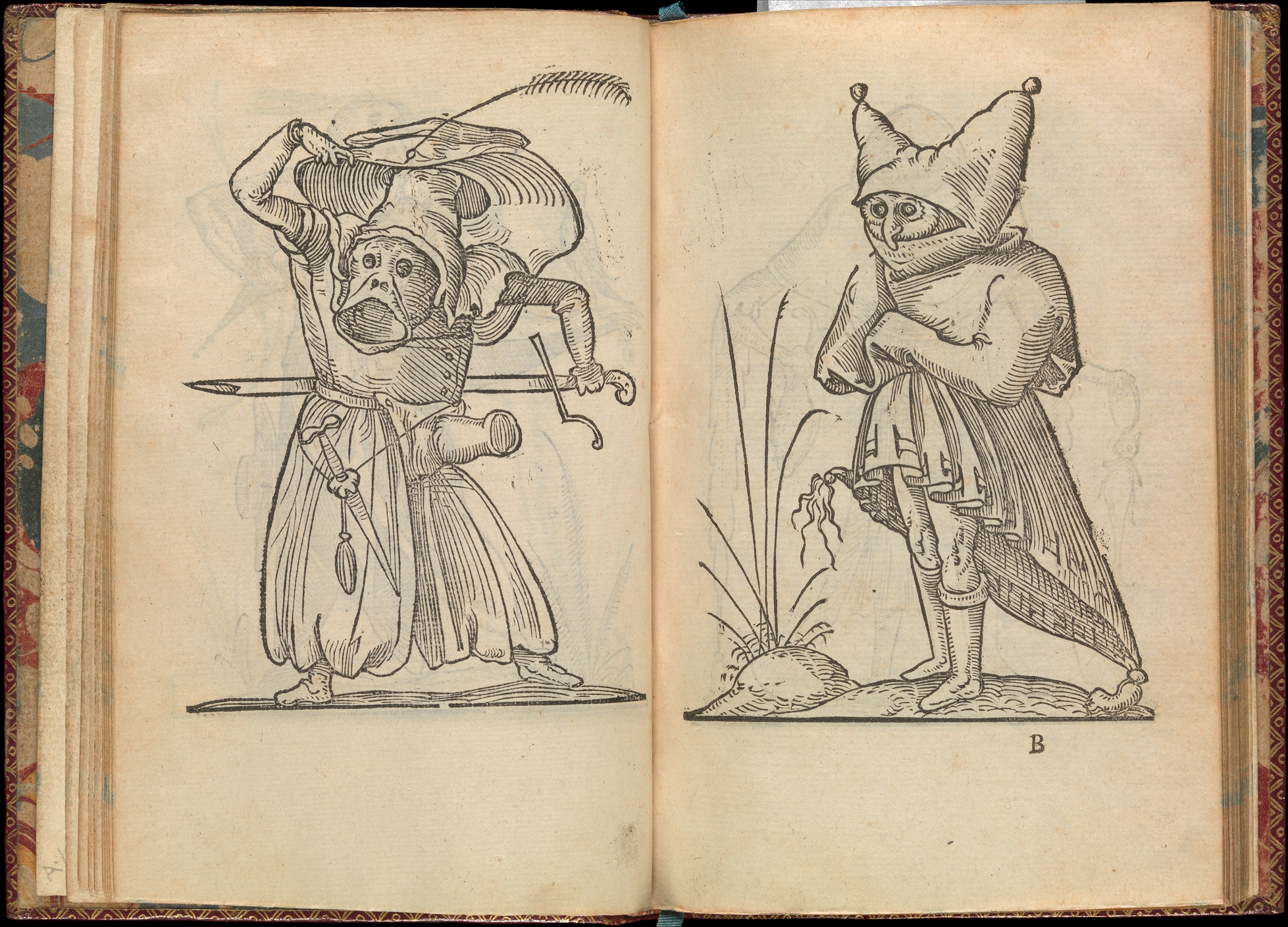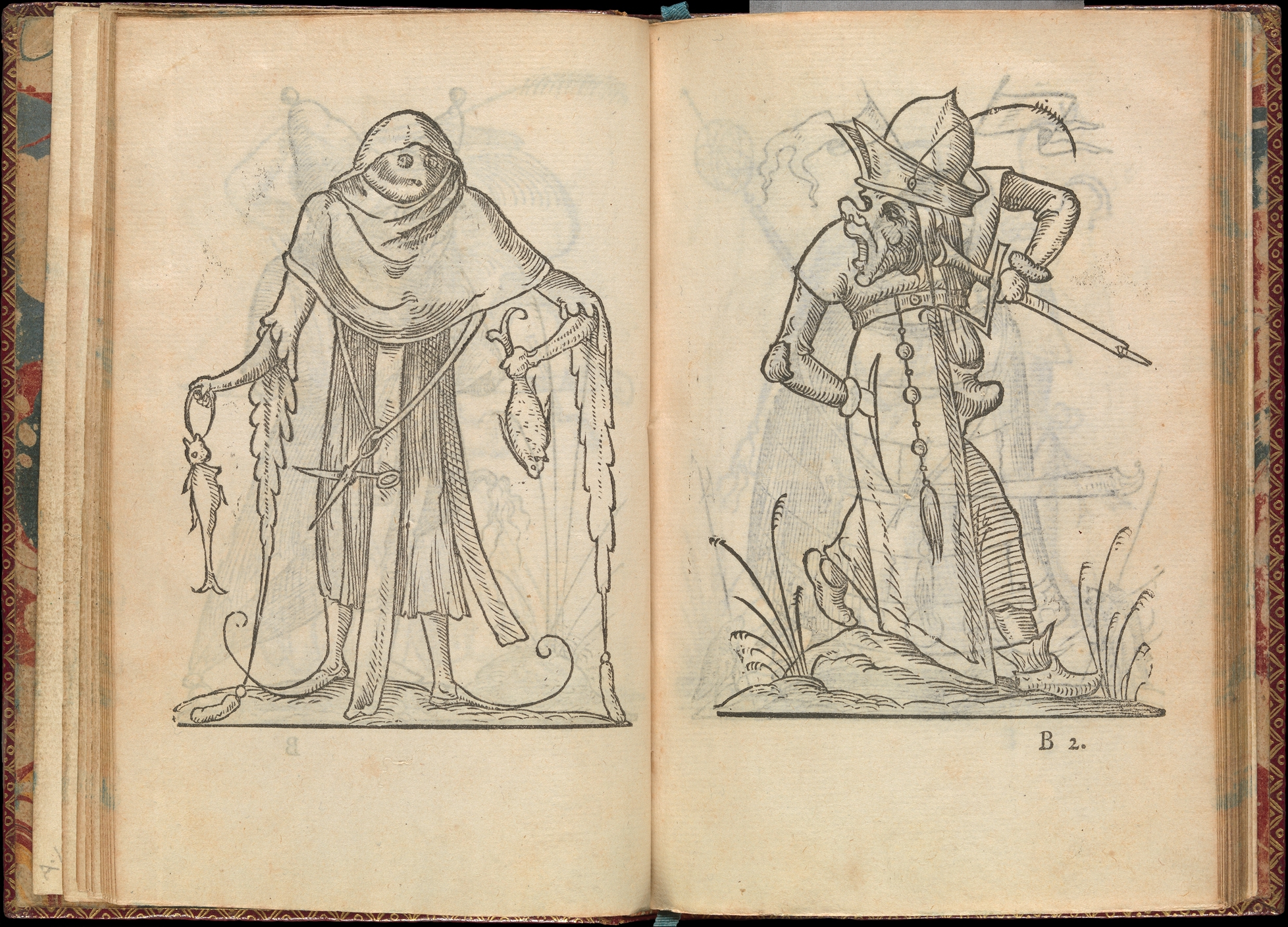
George Orwell lives on, to varying degrees of aptness, in the form of the word Orwellian. David Lynch has, within his lifetime, made necessary the term Lynchian. Though few of us will leave such adjectival legacies of our own, we should at least aspire to do so, and that task requires looking back to the original master: François Rabelais. Merriam-Webster defines Rabelaisian as “marked by gross robust humor, extravagance of caricature, or bold naturalism.” Rabelais expressed this sensibility at great length in La vie de Gargantua et de Pantagruel, a pentalogy of elaborate satirical novels published from the 1530s to the 1560s — and more recently endorsed by Harold Bloom, Joseph Brodsky, Henry Miller, and Marilyn Monroe.

Rabelais died in the 1550s, hence the still-unresolved questions about the authorship of the fifth and final Gargantua and Pantagruel book: was it completed from his notes? Was it, in fact, a fabrication by another writer?
Such was the public’s hunger for the Rabelaisian that multiple different “fifth books” were published. The satisfaction of that same insatiable demand seems also to have motivated the publication of Les Songes Drolatiques de Pantagruel ou sont contenues plusieurs figures de l’invention de maitre François Rabelais. This slim volume, writes the Public Domain Review’s Adam Green, “is made up entirely of images — 120 woodcuts depicting a series of fantastically bizarre and grotesque figures, reminiscent of some of the more inventive and twisted creations of Brueghel or Bosch.”

There is no main text, just a preface wherein publisher Richard Breton writes that “the great familiarity I had with the late François Rabelais has moved and even compelled me to bring to light the last of his work, the drolatic dreams of the very excellent and wonderful Pantagruel.” Yet, as Green explains, “the book’s wonderful images are very unlikely to be the work of Rabelais himself — the attribution probably a clever marketing ploy.” You can view these amusing and grotesque images at the Public Domain Review, and in the context of the book as preserved at the Internet Archive. “Be warned,” says Intriguing History, the artist “seems to enjoy the use of a lot of phallic imagery, along with frogs, fish and elephants.” But who is the artist?

“The creator of the prints is now widely thought to be François Desprez,” writes Green, “a French engraver and illustrator” who published a couple of similarly imaginative sets of images with Breton in 1567. Whoever made them, these Rabelaisian woodcuts remained surreal enough through the centuries to catch the eye of none other than Salvador Dalí, who in 1973 paid tribute to them with a set of lithographs of his own. (You can see more examples at the Lockport St. Gallery.) As far as the title, an exegesis at Poemas del río Wang offers a clarification: “Drolatic is an adjective of dream,” and so “we must ask what kind of dream is this. It is certainly the dream of reason, as it gives birth to monsters” — monsters, as a satirist like Rabelais well understood, not altogether unlike ourselves.
Related content:
Leonardo da Vinci’s Bizarre Caricatures & Monster Drawings
Visualizing Dante’s Hell: See Maps & Drawings of Dante’s Inferno from the Renaissance Through Today
Take a Virtual Tour of Hieronymus Bosch’s Bewildering Masterpiece The Garden of Earthly Delights
Based in Seoul, Colin Marshall writes and broadcasts on cities, language, and culture. His projects include the Substack newsletter Books on Cities, the book The Stateless City: a Walk through 21st-Century Los Angeles and the video series The City in Cinema. Follow him on Twitter at @colinmarshall or on Facebook.
0 Commentaires